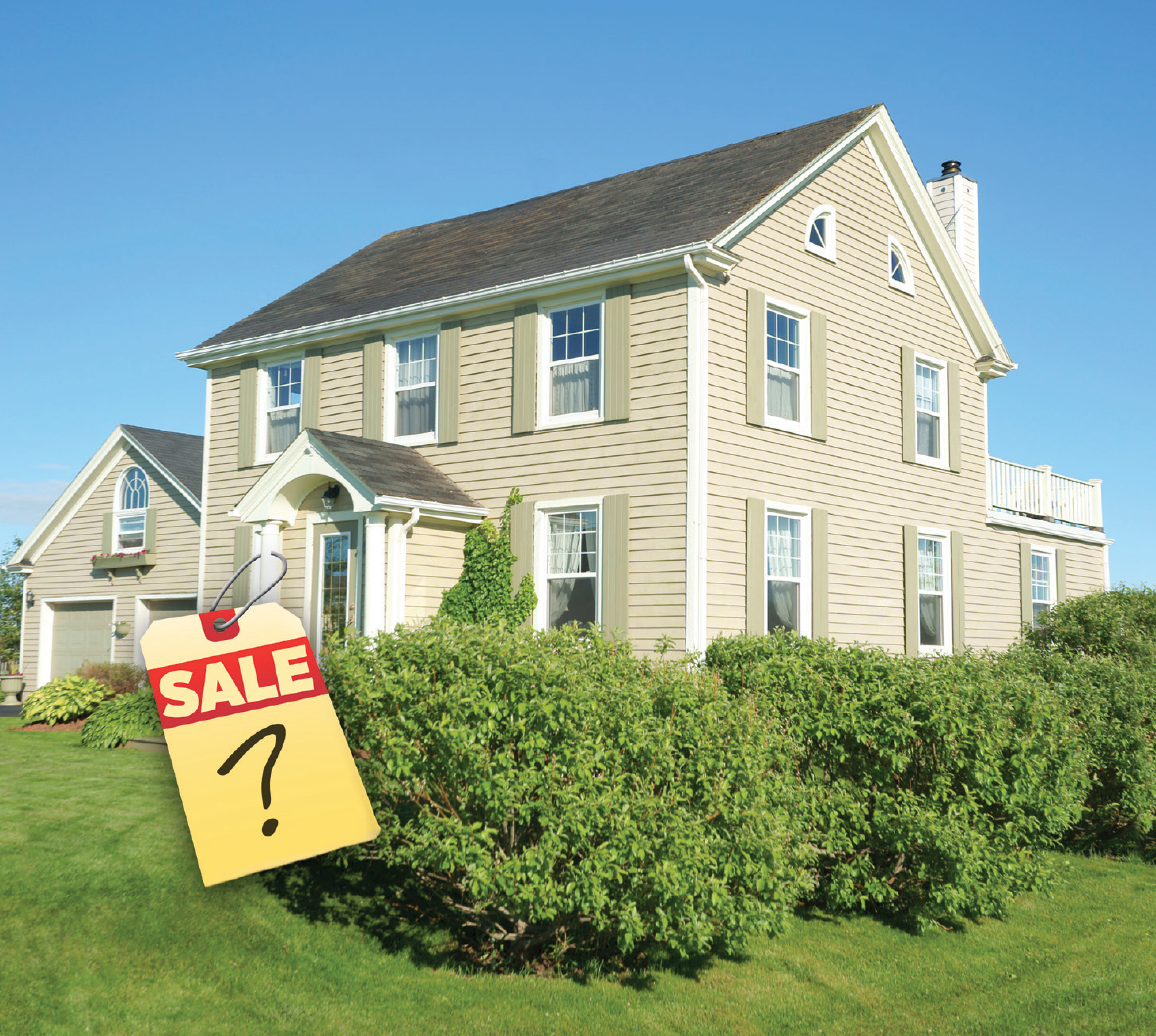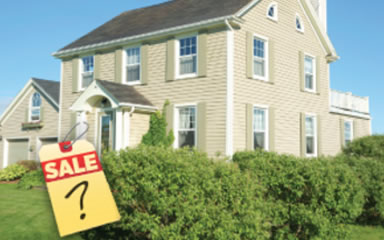 Our goal at Rand Realty is to help you sell your home for he best price possible. We are going to do everything we can to maximize the value of your home, utilizing comprehensive and rigorous marketing campaigns, our industry knowledge on how to enhance the “appeal” of your home, and our professional negotiating skills. But the first step in ensuring that you get your home sold is seeing the initial price of the home competitively in your market.
Our goal at Rand Realty is to help you sell your home for he best price possible. We are going to do everything we can to maximize the value of your home, utilizing comprehensive and rigorous marketing campaigns, our industry knowledge on how to enhance the “appeal” of your home, and our professional negotiating skills. But the first step in ensuring that you get your home sold is seeing the initial price of the home competitively in your market.
Understanding Pricing
We know that clients are concerned that some agents deliberately underprice a home to get a quick sale, or overprice a home to lure optimistic and unsuspecting sellers into signing a listing agreement. That’s why we want you to be completely engaged in the process of identifying the best, most competitive price for your home.
Ultimately, of course, the market is going to decide the selling price of your home. We don’t set the price. You don’t set the price. The market is going to set the price. If you price it too high, buyers will ignore your listing, and you’ll eventually drop your price to the market price. If you price it too low, buyers will spring into action, compete with each other, and drive the price to the market price.
The first step is to make sure you get a good “read” on the market. This is where a skilled agent can make a difference, not by telling you what the price should be, but by helping you understand what the market is telling you. A real estate agent is like a meteorologist – we don’t set the weather, but we can help you analyze the market to make a more informed decision on the best price for your home.
The Comparative Market Analysis (CMA)
When you meet with your agent, you’ll receive a comprehensive “Comparative Market Analysis” that will identify certain similar sold, and unsold, properties to help you determine a price. Don’t take the term “comparable” literally – it just means that the agent is following a standard methodology in identifying properties that buyers and appraisers are going to use to value your home. Comparable properties are generally identified by the following three elements, in descending order of importance:
•Location. This is by far the most important criteria: the town or village where your home is located. We all know that the standard joke in real estate is that the three most important variables are “location, location, location,” but it represents a fundamental truth. Two identical homes on identical lots will sell for vastly different prices depending on their town or village. Your agent uses location as a starting point for choosing comparable properties. If such sales are not available in your local area, your agent will expand the search, but homes outside your local area can be less helpful in identifying a competitive price for your home.
•Size. After location, size is the most important determinant of price. A home with more square footage, or more bedrooms, is generally going to sell for more than a smaller home. Indeed, in the Hudson Valley, Westchester, and Northern New Jersey we have identified what we call the 10/20 rule: only 10% of the homes in a given town sell for more than 20% above the average price per square foot for similar properties in that town. Once location and square footage are determined, we have a fairly accurate and reliable range for selecting comparable properties and pricing your home.
•Style. Style refers to the type of home: colonial, tudor, cape, raised ranch, etc. Although the style of the home is not going to affect price nearly as much as location and size, the style is helpful for choosing comparable properties. If possible, given the market conditions, your agent will try to use comparables that have similar styles.
Evaluating Your CMA
We want you to be engaged in the pricing process. Your agent’s job is to present you with all the information you need, and guide you through understanding it. So when you get your CMA, examine it carefully.
First, not all comparables are equal. In most cases, your agent will be able to provide you with a full range of comparable sales that can help guide you in the pricing process. This gives the clearest guidance in situations where you have a lot of recent sales of comparable properties in your area. For example, some neighborhood developments (and especially condominium buildings) provide clear pricing guidance, since you will usually find a lot of recent sales involving homes of similar size, style, and even layouts. Other homes create challenges, because they are either in areas or price ranges that are not particularly active. In these cases, your agent may have to expand the search to include comparables from other areas to provide pricing guidance. This could make the pricing process a little more complicated.
Second, focus on sold properties, not unsold properties. Anyone can put a property on the market for whatever price they want, that doesn’t mean it’s actually going to sell. The key when pricing your home is to look at the comparable sales – homes that have actually sold in the current market. Buyers have access to the same information you do, and can be just as well-informed, so they’re going to know about recent sales and are going to base their valuation of your home on those sales. Moreover, when you get into contract, your buyer’s lender is going to conduct an appraisal of the property, basing its valuation on those sold properties. So when you’re pricing a home, focus on the sold properties to set a price, and treat the “active listings” (i.e., the unsold properties) as the competition for buyer attention in your market.
Third, use location, size, and style to set a price range, and then narrow down the specifics. Pricing is a little bit science and a little bit art. The science establishes a general price range using the comparable properties identified by location, size, and style. Once you’ve got that range, pricing becomes more of an art, because you need to make more nuanced comparisons to the comparable properties to figure out the proper price within that range. Essentially, you’ll compare your home against the comparable sales (and the unsold competition) on the criteria that can have a significant effect on pricing, such as:
•Condition: whether the property is in good physical and mechanical condition.
•Amenities: features such as hardwood floors, updated kitchens, updated bathrooms and bedrooms, pools, fireplaces, landscaping, etc.
•Taxes: whether the property taxes of the comps are higher or lower than your taxes.
•Lot size: although interior square footage is a much more significant determinant of price, differences in the exterior lot size will factor into the price.
•Local environment: issues such as neighborhood appearance, power lines, or traffic flow all affect pricing within the range.
•Appeal: the extent to which the seller has prepared the property for showings through detailing and staging.
Keep in mind that criteria such as condition, amenities, and the like can affect pricing, but only within the range set by the comparables. Remember the 10/20 rule: only 10% of homes sell for more than 20% above the average price per square foot for similar homes in your area.
Conclusion: How We Can Help
It’s important for you to understand the process, and to be involved in helping set a competitive price for your home. Ultimately, it’s our job to help you get the best price possible, and we will use every resource we have to maximize your home’s value:
•Appeal: we will guide you through enhancing your home’s value through professional detailing and staging.
•Marketing: we will rigorously market your home through our online and offline marketing campaign.
•Exposure: we will expose your home to the largest buyer market possible, through online advertising of your listing, personal marketing, and direct mail.
•Availability: we will work with you to ensure that the property is available for showings whenever possible.
•Communication: we will keep you informed on what we’re doing and on market changes that might impact your home’s value.
•Negotiating: we will use our negotiating skills to help drive the best possible price.
We hope you find this helpful, and we look forward to working with you.

 Facebook
Facebook
 X
X
 Pinterest
Pinterest
 Copy Link
Copy Link




